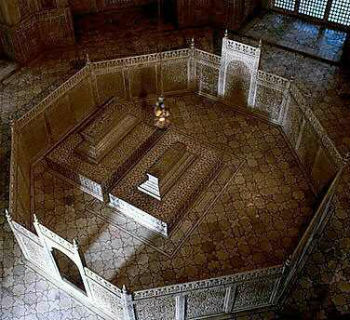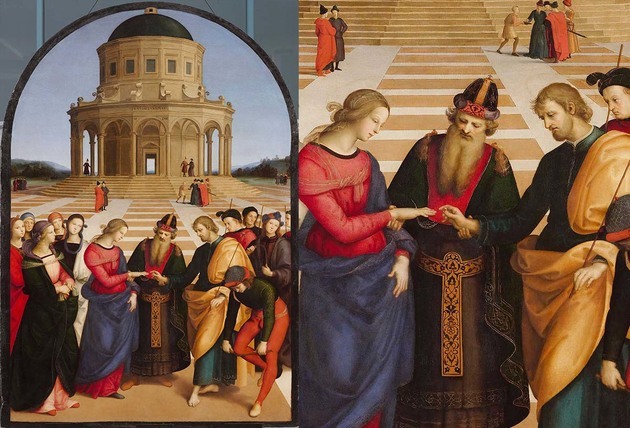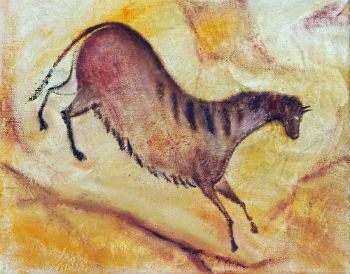retreatants is a painting made in 1944 by the Brazilian artist Cândido Portinari. It was produced using the oil on canvas technique, has a dimension of 180 x 190 cm and is located at the São Paulo Museum of Art (MASP).
In this work, Portinari addresses the theme of Northeastern migration, a sad reality for a part of the population Brazilian, which leaves its place of origin in search of better living conditions in other parts of the parents.
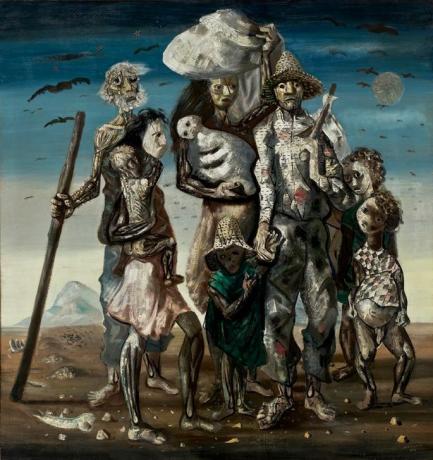
Detailed analysis of the work Emigrants
The painting shows a family of migrants, emigrants from the Northeast who are moving from their land to escape drought, hunger, poverty and lack of perspective.
The painter portrayed the group (four adults and five children in all), somber and sad. The chosen color palette displays earthy tones, which emphasizes the funereal atmosphere that surrounds the scene.
People take up a large part of the composition and in the background we have a dry and lifeless landscape.
Their bodies, very thin, reflect the hunger of those people and the expressions on their faces reveal the despair of those who struggle for survival in such an unequal country.
About the social function of art, Portinari once said:
I'm with those who think there is no neutral art. Even without any intention of the painter, the picture always indicates a social meaning.
In order to scrutinize the details of this great work, we selected some areas of the canvas. Check out:
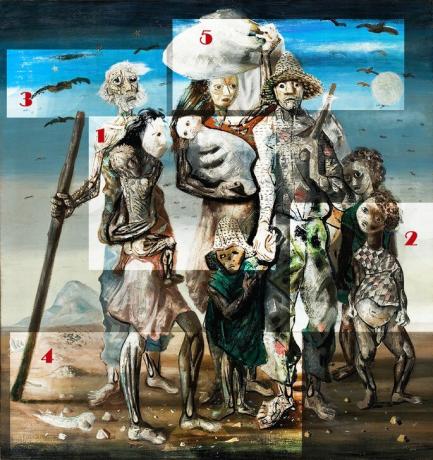
1. lap children
Children are important characters in the work and are even in the majority.
The two infants in arms look ghostly. The baby, wrapped in white cloths, has bulging eyes, watching the world in fear.
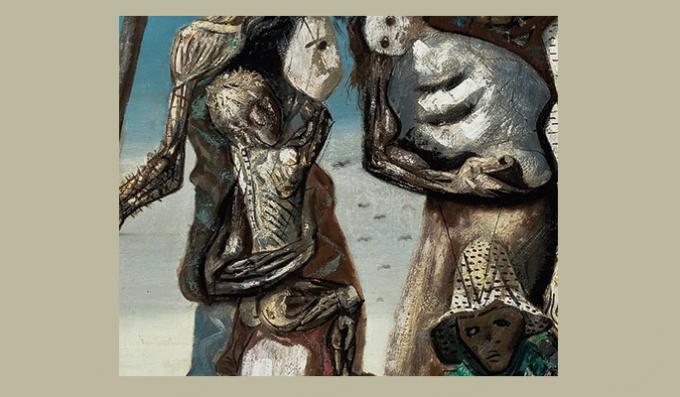
The other, larger, is supported on the mother's hips, and has a rickety structure, with the bones exposed. In addition, she is naked, which makes this family's lack of resources even more evident.
They also expose the high birth rate of the poor Brazilian population.
The most vulnerable and less educated families end up having more children, this is largely due to the lack of public policies to raise awareness and access to contraceptives.
2. child with water belly
Another sad reality dealt with in the painting is the high rate of diseases to which these people are exposed, especially the child population.
In this area of the screen, we see a very thin boy who has a huge round belly.
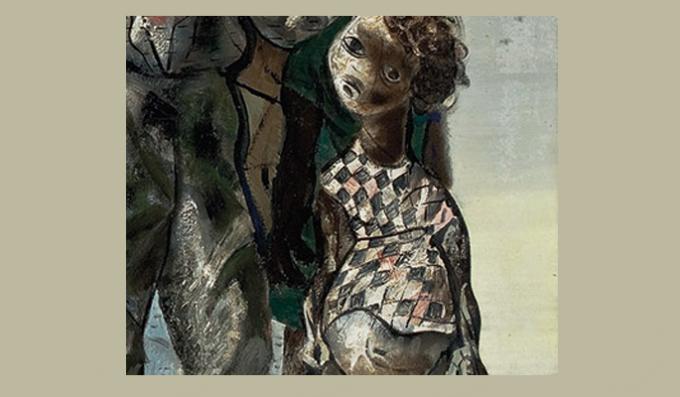
This characteristic is a symptom of schistosomiasis, a very common disease among rural residents who do not have access to basic sanitation.
In the chronic phases, the disease produces an increase in the abdomen, which generates what we call a water belly.
3. vultures flying over
Portinari brings a scene in the midst of nature, but not with a beautiful and inspiring landscape, but with a desolate panorama.
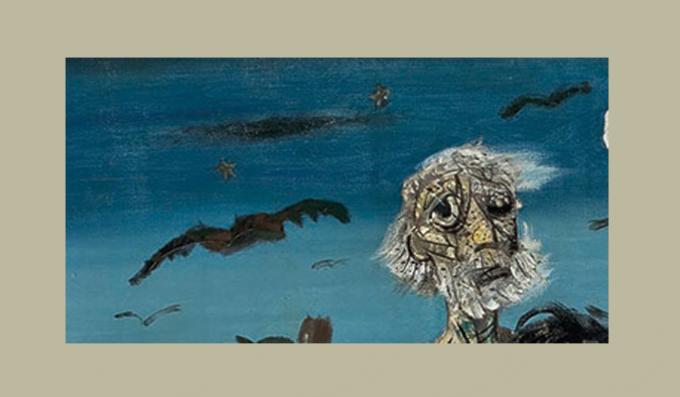
This is notorious because of several elements, among them, the black birds that fly over the family. It is noticed that these birds are vultures, which are usually in a flock in search of animal carcasses.
Here, too, there is the presence of an elderly man, with a long beard and a face marked by the harshness of life.
4. Dry soil and bare feet
The landscape's soil is arid, showing no evidence of vegetation.
People are all barefoot, which brings us more elements that indicate poverty, it also brings a reflection on the hardness of the migrants' journey, both physically and emotionally.
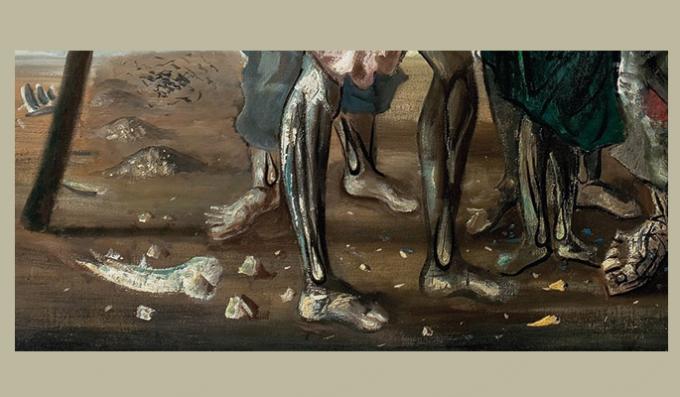
There are still some bones on the floor, a sign that some animal has decomposed there. In this area of the screen, in the upper left corner, we see a flock of vultures close to the ground, represented by some black dots. These birds would be eating animal remains.
5. Expressions of Despair
Adults show frightened features, which demonstrate the immense despair and lack of perspective that the situation carries.
The man stares at us with wide eyes, as if it's some kind of call for help.

This fact helps to transport the work to the category of "portrait", making a dialogue with photography and elevating the painting to a portrait of the suffering of a people as well.
Who was Cândido Portinari?
Cândido Portinari was an important Brazilian plastic artist. He was born on December 30, 1903 in the interior of São Paulo, in the city of Brodwski.
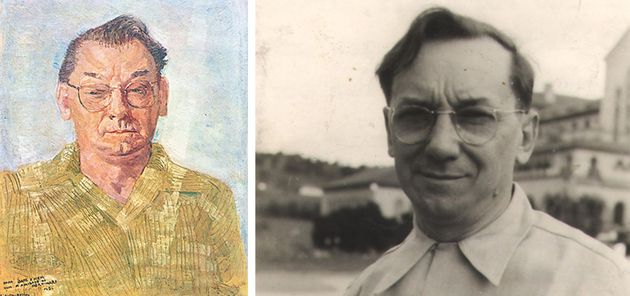
His artistic trajectory includes paintings, drawings and large panels, bringing together more than 5,000 works.
At the age of 50, Portinari was diagnosed with lead poisoning due to contact with paints. Even sick, he did not stop producing.
He died at the age of 58, on February 6, 1962 as a result of the illness and left us with a very significant job.
For a childish approach to the artist, read: Portinari - Kids.

